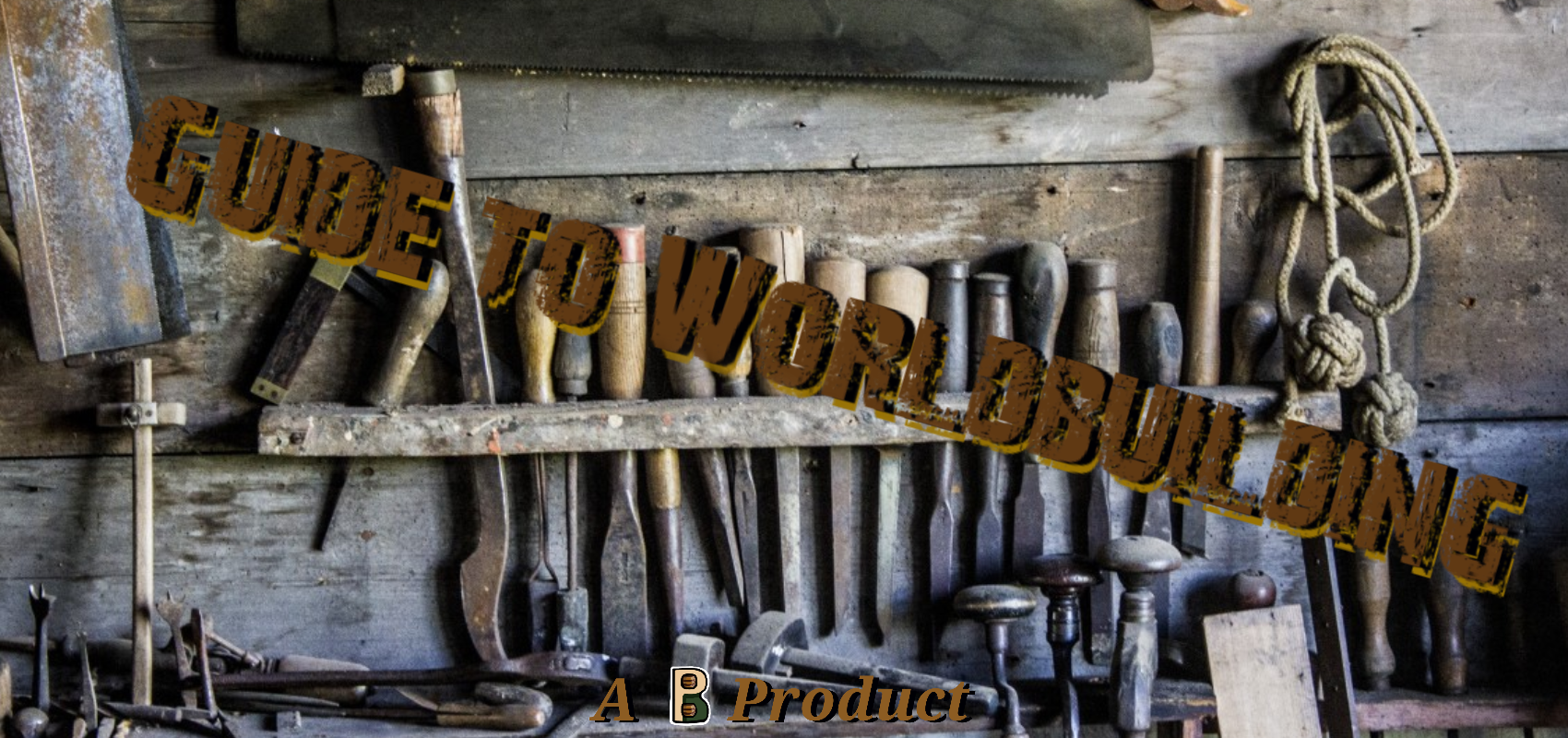No Scene Unturned
Pay no attention to that man behind the curtain!This famous quote holds the key to making the work of a Publishing World Builder easier and more enjoyable for your readers. Hello Worldbuilders, and welcome to June's Guide to Worldbuilding! This month I wanted to write about how to give your readers deeper, or even meta, levels of understanding about how your world works, without flat out giving the game away on how you actually design your world. Curiosity encourages the cat, and nothing is more curious than an answer that holds more questions! My personal favorite way of doing this is by using what I've taken to calling a Curtain Character. This is a Character in your World that bridges the gap between your god-like knowledge of your fiction and the fictions understanding of itself. The Curtain Character has glimpsed behind the scenes enough to learn and discover how things really are, but is able to relay this back to other characters or readers in a way that isn't Word of God, or directly from you.
Curtain Characters Done Right
A properly written Curtain Character acts as your in-world teacher, timely answering questions just as the reader may ask them. It is important, however, that these teachers never, or only through secondary interactions, deal with the larger plot, heroes, or villians of your writing. In-world guides or reports allow both the reader and the characters to learn about the wider world or intimate details of the immediate setting. Mainstream examples include Newt Scalamander of Harry Potter or Ludwig von Drake of Disney's Duck Universe. But what does a bad Curtain Character look like? Usually, either like the Wizard of Oz himself, barely keeping the mundane truth concealed, or come off as Hermione Granger, again from Harry Potter, able to tell Wizards things they should already know about their own world, or at worse, like a thinly veiled "We know none of this made sense to a normal reader" from the author.
>INITIALIZE REPORT...
My query into these kinds of characters has revealed that the best interpertations never have a hand in the plot of any related story, and tend to be the writer or editor of guides and textbooks within their worlds. Further research has begun to make me question my own programming.
Another quality of Curtain Characters I found interesting is that they regularly write either in first person, or in a textbook style. I prefer the former. Gives more of a sense of personality. Chance at jokes for me to collect.
The goal with any Curtain Character should be to provide a way for readers to willingly gain more knowledge about a setting without tying a character to the main plot or performing extensive Exposition Dumping into your story. A little of the latter is fine for settings involving magic or speculative sci-fi, but should be avoided in higher concentrations.
Cooper's Toolbox
This month, I disclose how best to use the Heroes Subsystem of World Anvil to introduce your readers to your Curtain Character.This is a Paid Portion of my Guide for my Patreon and Ko-Fi Subscribers.
Example Article
Hobin Luckyfeller, created by 30+ year Comic Veteran Jaime Buckley, is a quintessential example of using a Curtain Character to help keep immersion when the need arises to explain things in world, or in Hobin's hilariously paced case, as tie-in to real world sales of the characters Field Guide.Building Blocks
Want some ideas to inspire? Well, I just so happen to have them! Building Blocks are my way of giving back a little more to my Subscribers. They include ideas and even fleshed out concepts that my Subscribers can freely use in their own worlds, without attribution and with as much derivation as they desire!This is a Paid Portion of my Guide for my Patreon and Ko-Fi Subscribers.






An interesting concept, but you may want to include a part with an example of what a Curtain Character says or does. I do see the character examples, but really to hone in on the execution part. I can see Curtain Characters being overly used or missing the point, so with your guidance, I think it will work out wonderfully. Overall, very well formatted and i'm curious how you managed to get the sidebar to float like that. Could be a neat formatting feature. I loved the article and idea.
I'll look into a way to add that. I happen to have a Curtain Character that may be able to assist...
Ok... So that weirdly breaks... Will troubleshoot. Takes wrench to BarrelBot
https://www.worldanvil.com/w/WorldAnvilCodex/a/css#section-sidebar